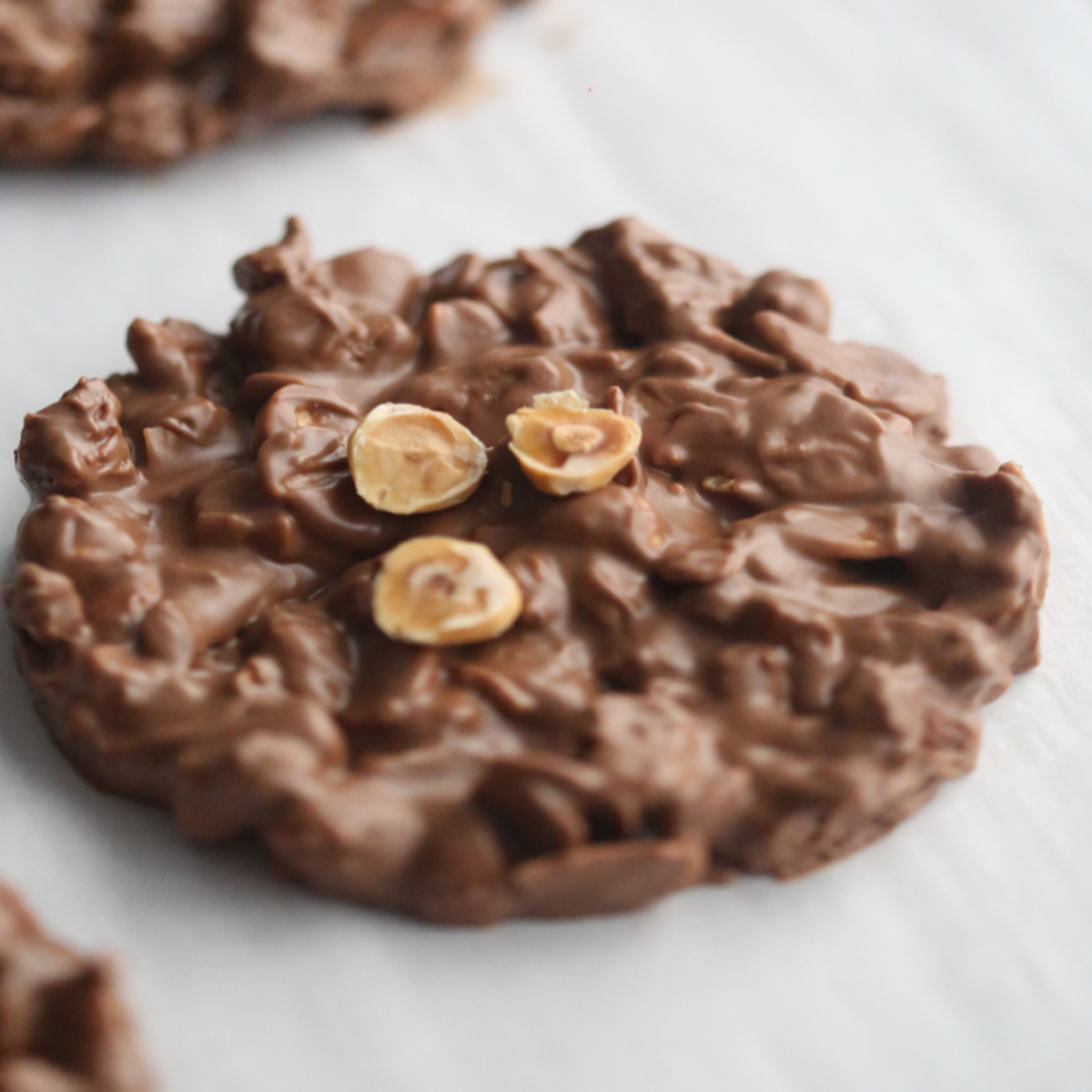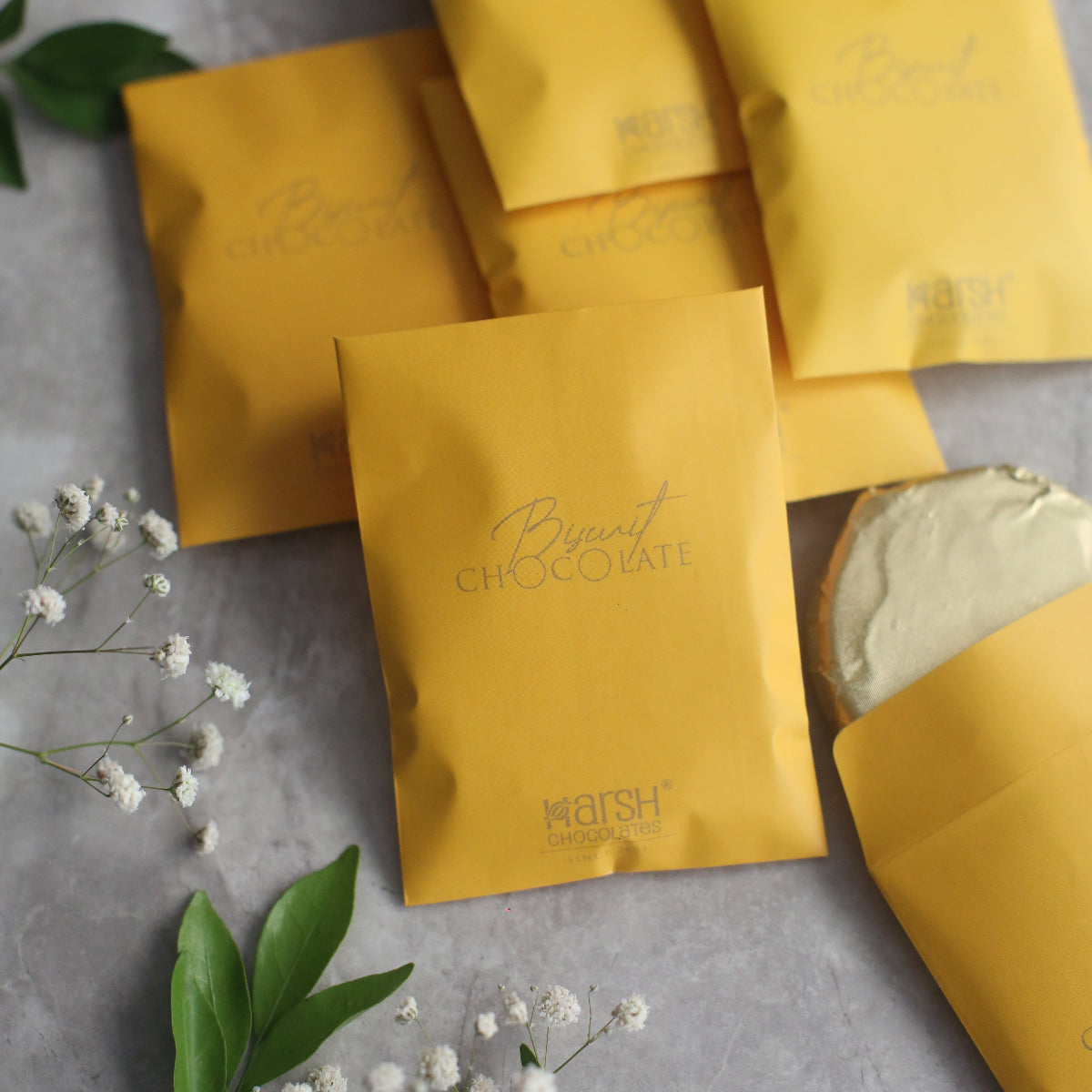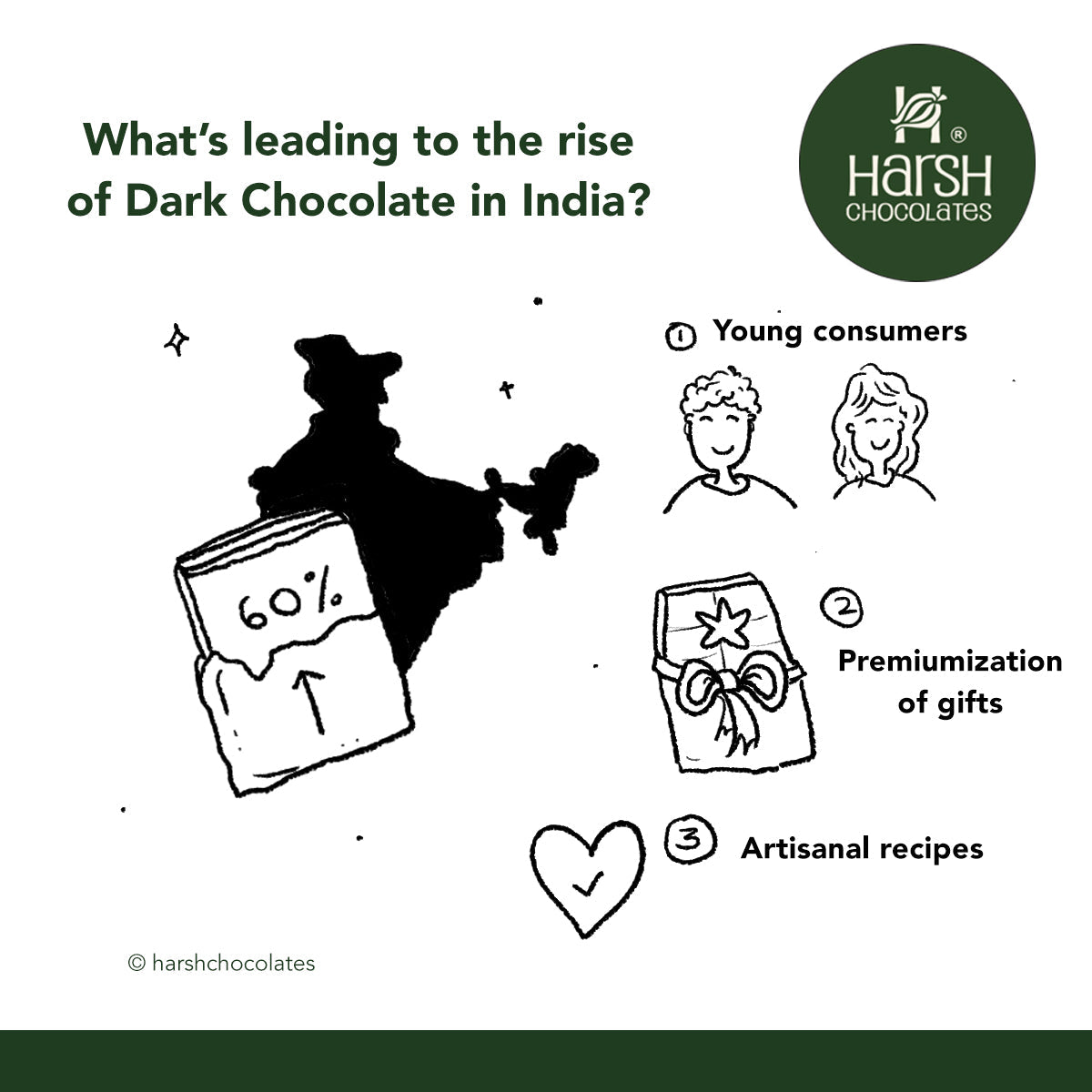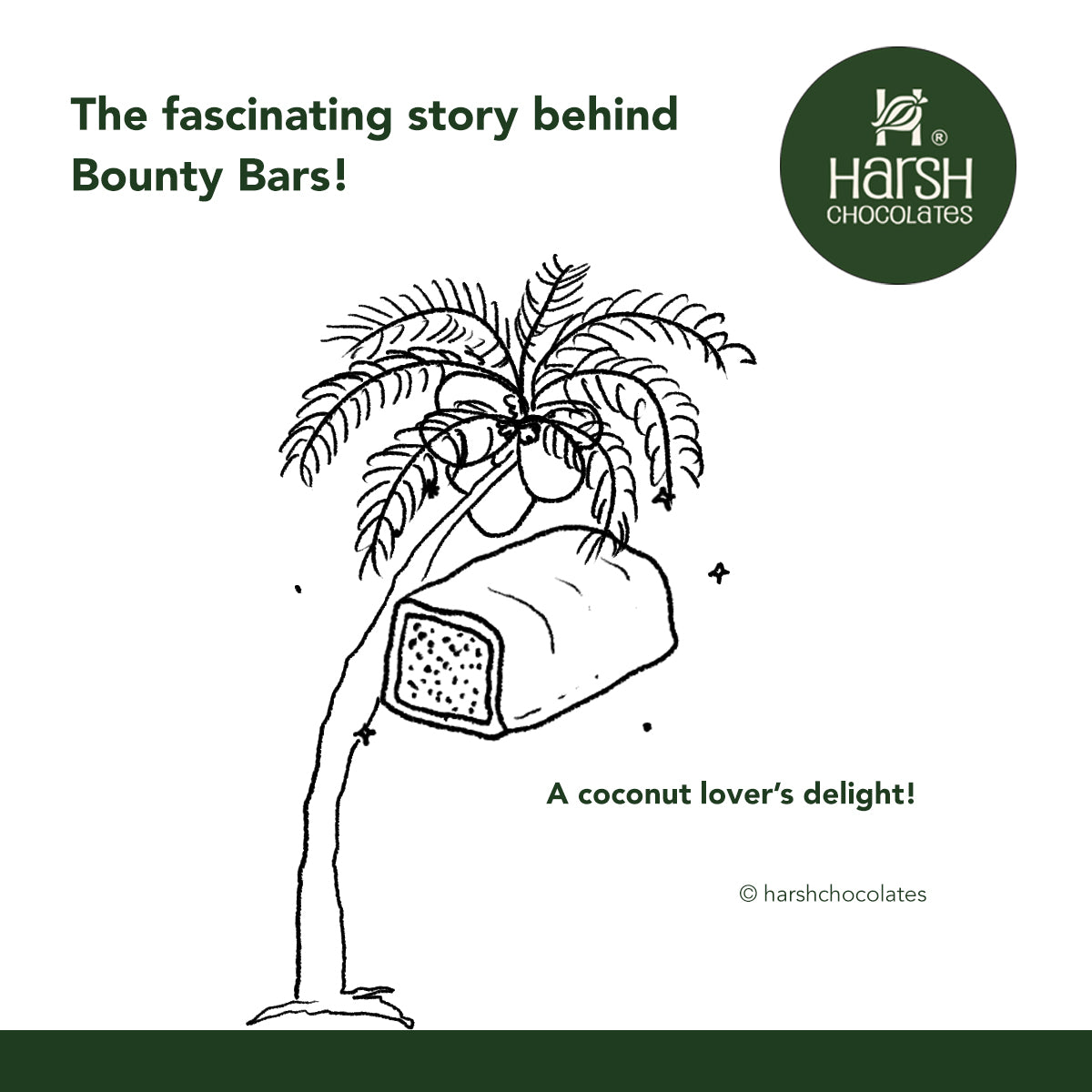The Rise of Indian Bean-to-Bar Chocolate: Empowering Cacao Farmers in Kerala
In the picturesque village of Chempakappara, nestled in the hills of Idukki, Kerala, 52-year-old Kutiyamma’s four-acre organic farm is more than a livelihood—it’s a symbol of India’s evolving chocolate industry. Her farm, cultivating cacao alongside pepper and coffee, is part of a larger movement connecting farmers to chocolate makers, ensuring sustainability and exceptional quality at every step.
Before leading visitors through her farm, she cracks open a ripe cacao pod, revealing juicy, white pulp surrounding the hard beans. These beans undergo a meticulous process of fermentation and roasting, transforming into a chocolate bar that narrates the story of its origins.
India’s Cacao Legacy: A Journey Rediscovered
South India, particularly regions like Andhra Pradesh, Karnataka, Tamil Nadu, and Kerala, offers an ideal environment for growing fine-flavor cacao. The history of cacao in India dates back to the late 18th century when the first cacao beans were introduced to Idukki. However, the crop remained in the shadows of more profitable ventures until dedicated programs encouraged its cultivation.
Government initiatives like the “Cocoa Village” project and efforts from the Directorate of Cashewnut and Cocoa Development (DCCD) have propelled cacao farming into the spotlight. Kerala, the largest cacao-producing state in India, continues to play a significant role in this transformation.
As India's chocolate market grows, the focus is shifting toward high-quality cacao production and the rise of the bean-to-bar chocolate movement, which places equal emphasis on the farmer, the land, and the craft of chocolate-making.
The Bean-to-Bar Chocolate Revolution in India
Unlike mass-produced chocolates that prioritize volume, bean-to-bar chocolates emphasize the craftsmanship of chocolate-making, maintaining the integrity of the cacao bean through every stage—from sourcing and fermentation to roasting and molding.
Bean-to-bar chocolates often retain natural cocoa butter, free from artificial additives, synthetic flavorings, or emulsifiers. This movement, though nascent, is gaining traction as consumers become increasingly aware of ethical sourcing, sustainability, and premium quality.
Fostering Farmer Collaboration for Premium Cacao
The success of bean-to-bar chocolates depends significantly on the relationship between chocolate makers and cacao farmers. Many artisans are now working directly with farmers to improve fermentation techniques and ensure fair trade. These partnerships focus on building trust and creating a sustainable ecosystem where farmers receive fair compensation, improving their livelihoods and ensuring the quality of cacao.
However, challenges persist. Farmers face unpredictable weather conditions, pest outbreaks, and a younger generation migrating to urban jobs. To secure the future of cacao farming, sustainable practices, post-harvest education, and equitable pricing are essential.
The Journey from Bean to Bar: The Art and Science of Chocolate-Making
The transformation from cacao bean to chocolate bar is an intricate process driven by precision and expertise. Fermentation, the first critical step, activates flavor precursors that shape the chocolate's taste profile. Once dried, the beans are roasted carefully, with adjustments made to highlight their unique flavor notes based on the region and harvest.
Post-roasting, the beans are processed into nibs, ground into chocolate liquor, and blended with natural ingredients like sugar, milk powder, and spices. After refining and aeration during the conching process, the chocolate is tempered, molded, and packaged—ready to delight chocolate lovers.
A Bright Future for Indian Chocolate
For those accustomed to commercial chocolates, tasting high-quality bean-to-bar chocolate is a revelation. Each bite offers layers of flavor—earthy, fruity, and delicately bitter—crafted with care and passion.
As India’s bean-to-bar movement grows, it not only elevates Indian chocolate on the global stage but also fosters a sustainable future for farmers and artisans. The journey from farm to factory is more than a production line—it’s a story of preserving heritage, uplifting communities, and redefining how we savor chocolate.





